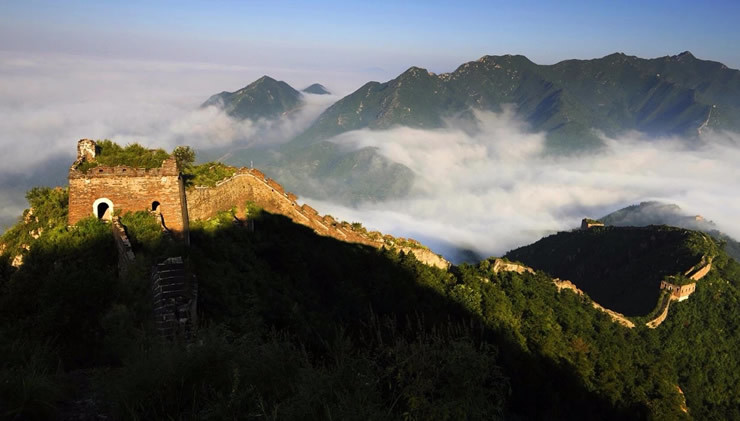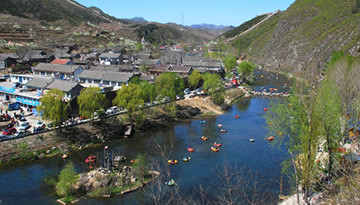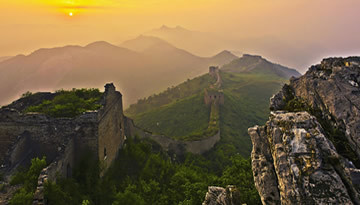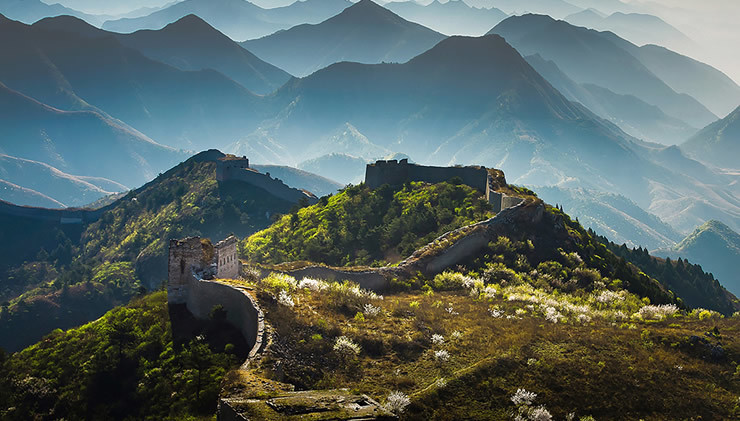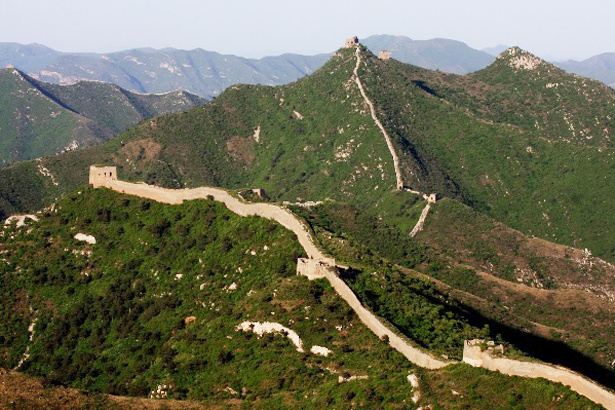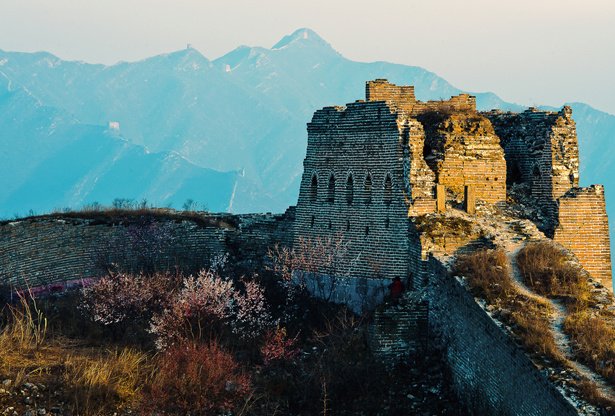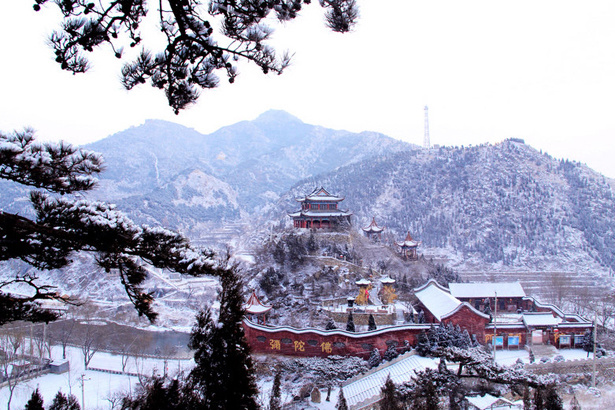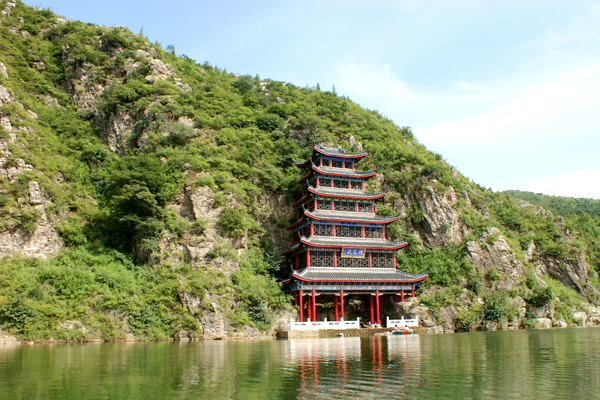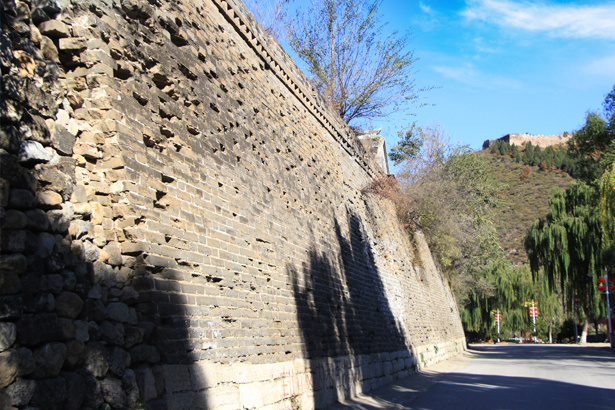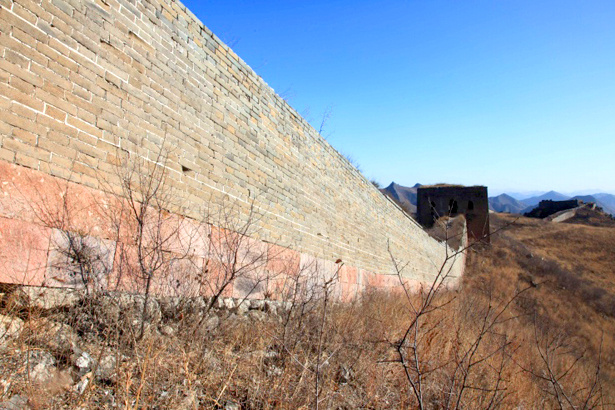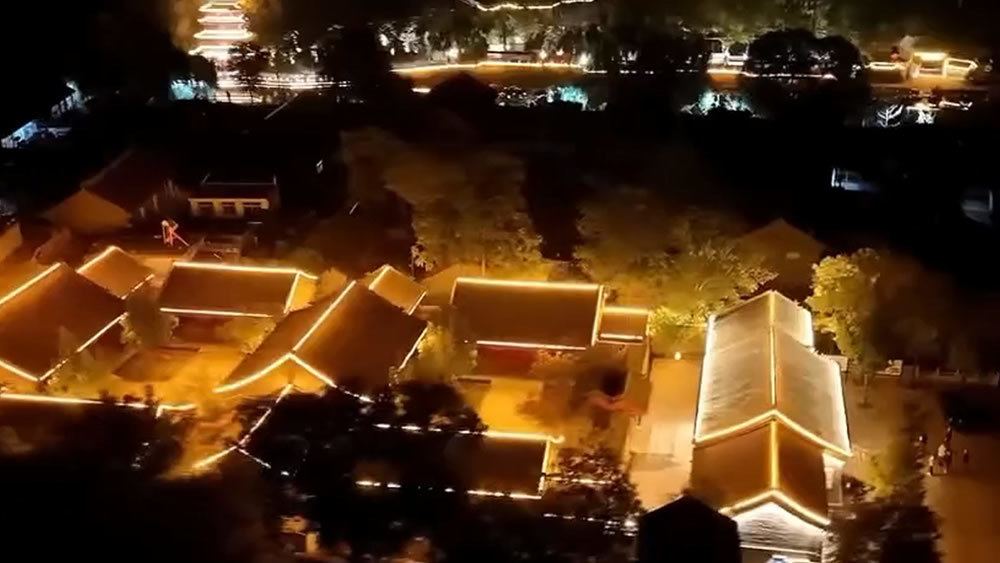Baiyangyu Great Wall Tourist Area is located in Baiyangyu Village, Dacuizhuang Town, Qian'an City, Hebei Province. The tourist area is 75 kilometers east of Qinhuangdao and 200 kilometers west of Beijing. It is close to the Qian'an branch line of Beijing-Qinhuangdao Expressway and the transportation is very convenient. The tourism resources of Baiyangyu Great Wall tourist area are based on the Great Wall, characterized by ecological folk customs, surrounded by mountains and rivers, with natural landscape male, dangerous, beautiful and ancient, and cultural landscape new, beautiful, secluded and elegant.
In the tourist area, the Ming Great Wall is winding and undulating, with magnificent momentum, and ancient border defense systems such as the Great Wall of Marble, Lie City, Shenwei Building, Castle, and City Wall are integrated here. The Baiyang River passes through the pass from north to south. It flows for a long time in all seasons. The water is especially clear and crystal clear. Fish and shrimp play games, "like having fun with tourists". Baiyangyu has magnificent and beautiful scenery and pleasant climate. It is known as the northern Jiangnan. It also has rich cultural and historical allusions and beautiful stories such as "Qianlong Guannian", "Seven Pines Climbing", "Dry Turtle Breaking", and "Stone Monkey Climbing". The story adds infinite charm to the tourist area and is actually an ideal tourist summer resort.
Introduction of Scenic
The tourism resources of Baiyangyu Great Wall tourist area are based on the Great Wall, characterized by ecological folk customs, surrounded by mountains and rivers, with natural landscape male, dangerous, beautiful and ancient, and cultural landscape new, beautiful, secluded and elegant.
Ancient Castle & 200M Ancient Wall
Scenic Spot Culture
Rich cultural and historical allusions and beautiful legends such as "Qianlong Guannian", "Seven Pines Climbing", "Dry Turtle Breaking", "Stone Monkey Climbing" add infinite charm to the tourist area
-
GREAT WALL CULTURE

The Great Wall is a symbol of China's long history and splendid civilization, embodying the patriotic spirit of the Chinese nation's unity and resilience. It is a great creation of the Chinese people's conquest and transformation of nature, and an immortal historical and cultural heritage of the Chinese nation.
-
ECOLOGY CULTURE

The Baiyangyu Great Wall Tourist Area is surrounded by mountains and flowing with green water. The forest coverage rate reaches 72%, and there are about 100 types of plants in the area. The fruit tree area is 7980 acres, and it is rich in dried and fresh fruits such as pears, peaches, apples, walnuts, and chestnuts
-
RED CULTURE

Baiyangyu is a heroic land in the history of revolutionary struggle and a patriotic education base in Qian'an City. During the Great Wall War of Resistance Against Japan, soldiers from a battalion of the Nationalist Shangzhen Brigade were stationed in Baiyangyu
-
FOLK CULTURE

Guantou Mountain's long history of brewing, exquisite brewing techniques, and honest and trustworthy business philosophy have promoted and expanded Chinese liquor culture
Pretty Pictures
The tourism resources of Baiyangyu Great Wall tourist area take the Great Wall as the background, ecological folk customs as the characteristics, mountain and water, natural landscape is male, dangerous, beautiful and ancient, and cultural landscape is new, beautiful, quiet and elegant
